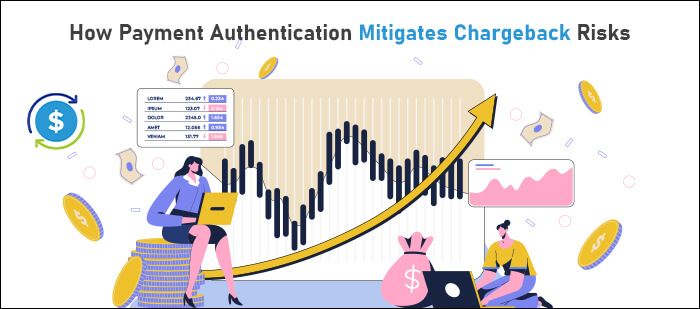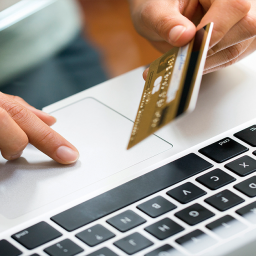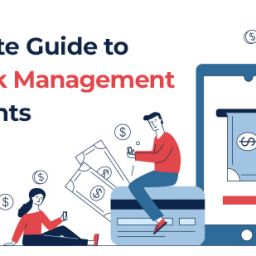
Chargebacks are a major concern for businesses of all sizes and industries. Not only do they result in financial loss, but they can also damage a company’s reputation and hinder its growth. Fortunately, there is a solution to this problem – payment authentication. By implementing this security measure, businesses can mitigate the risk of chargebacks and protect their bottom line. In this blog post, we will delve into the world of payment authentication and how it plays a crucial role in the chargeback industry. So, let’s dive in and discover how this powerful tool can help businesses safeguard their transactions and ensure a secure payment experience for their customers.
Understanding Payment Authentication and Its Importance
Payment authentication is a security process designed to verify the identity of the person making a transaction, ensuring that the payment is authorized by the rightful owner of the payment method. This process involves multiple layers of security checks, including but not limited to, password verification, biometrics, one-time passwords (OTPs), and two-factor authentication (2FA). The primary aim of payment authentication is to add an extra layer of security to transactions, thereby reducing the likelihood of fraudulent activities and unauthorized transactions which often lead to chargebacks.
The importance of payment authentication in today’s digital age cannot be overstated. As e-commerce continues to grow, and digital transactions become more frequent, the potential for fraud and unauthorized payments also increases.
This makes payment authentication not just a recommended security measure, but a critical component of a business’s fraud prevention strategy. By ensuring that each transaction is authenticated, businesses can significantly lower the risk of chargebacks.
Which are not only costly but can also affect merchant reputations and relationships with payment processors. Thus, integrating robust payment authentication methods is vital for maintaining secure and trustworthy payment environments.
Some Related Blogs
- The Ins and Outs of Visa Dispute Arbitration
- Understanding the Importance of a High Return Customer Rate
- Arbitration Chargeback: What You Need to Know
- Dispute Apple Pay Transactions: What You Need to Know
Types of Payment Authentication Methods
The landscape of payment authentication is diverse, encompassing a variety of methods designed to secure transactions and mitigate chargeback risks. One prevalent method is the use of passwords or PINs, which require the user to input a known secret to authenticate their identity.
Biometric verification adds a layer of security by using unique physical characteristics such as fingerprints, facial recognition, or iris scans to confirm the user’s identity. Another commonly employed method is the two-factor authentication (2FA) or multi-factor authentication (MFA).
Which combines two or more independent credentials: something the user knows (password or PIN), something the user has (a smartphone or a security token), and something the user is (biometric verification). One-time passwords (OTPs) are also widely used, providing a single-use code sent via SMS or email, which must be entered to complete the transaction process.
Tokenization is another innovative payment authentication method, where sensitive data is replaced with unique identification symbols that retain all the essential information about the data without compromising its security. Lastly, 3D Secure (3DS) technology offers an added layer of security for online credit and debit card transactions.
Requiring cardholders to provide a password or code before the purchase is authorized. Each of these methods plays a crucial role in creating a secure transaction environment, reducing the incidence of fraudulent transactions, and consequently, minimizing chargeback occurrences.
How Payment Authentication Reduces Chargebacks
Payment authentication acts as a crucial barrier against unauthorized transactions, which are a primary source of chargebacks. When implemented effectively, it ensures that only legitimate transactions are processed, significantly reducing instances where a customer might dispute a transaction due to unrecognized activity on their account.
![]()
Email us anytime!
Email customer service 24/7
![]()
Call us anytime!
Reach customer care 24/7 at +1 (888) 901-8653
For instance, 2FA and biometric verification make it exponentially more difficult for fraudsters to access and use stolen payment information, as they would need to bypass multiple layers of security. This reduction in fraudulent activity directly translates to fewer chargebacks, as customers are less likely to report unauthorized transactions.
Additionally, payment authentication methods such as 3D Secure involve the cardholder in the authentication process, providing an extra layer of assurance for both the customer and the merchant.
This participatory approach not only enhances transaction security but also builds customer trust, as they feel more in control of their payment activity. By diminishing the occurrence of fraud and unauthorized transactions, payment authentication effectively curtails the likelihood of chargebacks, protecting merchants from financial losses and preserving their reputations with both customers and payment processors.
Best Practices for Implementing Payment Authentication
To effectively implement payment authentication and maximize its benefits in mitigating chargeback risks, businesses should adopt a multifaceted approach. Firstly, it is crucial to evaluate the unique needs and transaction patterns of your business to select the most appropriate authentication methods. Employing a combination of techniques, such as biometrics and 2FA, can strengthen security measures. Additionally, keeping these authentication systems up to date is vital to guard against evolving threats.
Educating customers on the significance of payment authentication and how it enhances the security of their transactions is also essential. Clear communication can help in reducing resistance to extra security steps during the transaction process. Moreover, ensure compliance with industry standards and regulations, such as the Payment Card Industry Data Security Standard (PCI DSS), to maintain high security and trustworthiness.
Implementing adaptive authentication measures, which adjust the level of required authentication based on the assessed risk of the transaction, can also optimize the balance between security and user convenience. Lastly, constantly monitor and review the effectiveness of your payment authentication methods, making necessary adjustments to address emerging challenges and trends in payment security. This proactive approach ensures that your business remains resilient against the threat of chargebacks.





